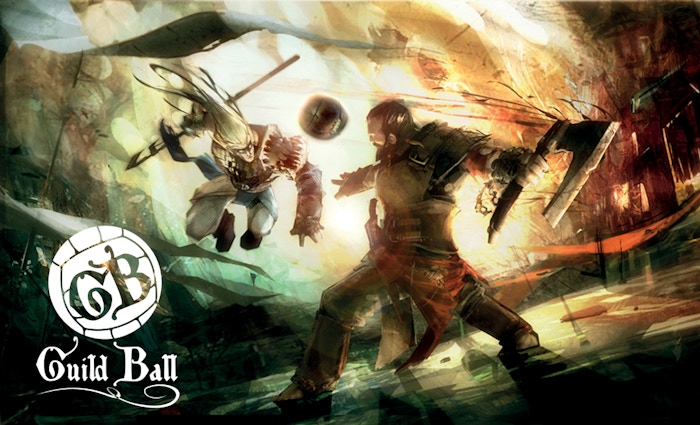Guten tag.... oh hold on, I moved back to the UK.
Yes, the last few months have been quiet on the blog as gaming stuff got packed up, painting ground to a halt, and reading gaming books even became a bit of a chore. But now I am back in the UK, in the city of steel - Sheffield!
Now a new city means trekking about finding the local gaming stores. Sheffield has a few, and of course in the UK, a compulsory GW. But, perhaps the best gaming store I have seen in a while for wargaming, is The Outpost.
The Outpost stocks a lot of popular games, and provides gaming space (which is also being increased in size in the future). And of course, the shop is run by some ex-GW staff, which explains a lot. So expect me playing there a lot in future, and some more batreps. Also the shop is home to one of the best Warmahordes tournament teams.
However, this morning I tried out a new game, that pulled in a total pledge that hit over 300% of their target. That game is Guildball.
Guild Ball is a 28mm fantasy sports game, in the same vein as Bloodbowl, and the more recent Dreadball. But Guild Ball stands out where Dreadball comes across as just a scifi Bloodbowl on a hexgrid.
Guild Ball takes the concept of Medieval mob football, and adds some fantasy elements (but not too much), and, shock horror, uses a game system the required no grid for movement and scoring.
Clearly Guild Ball takes popular elements from a number of wargames. Attacks and skills are resolved using dice pools against a target number. Resolving actions and attacks rely on typical a single roll. There is no I roll to hit, you roll to dodge, I roll to wound.... ad nauseam. Guild Ball also makes use of resource pools, sort of like focus points or fury points in Warmahordes, control zones about models, and alternating activations (for me this feels like a nice throw back to Confrontation).
A turn begins with each model generating Influence, which is pooled together for a team and then allocated to each team member. Models can be allocated a maximum amount, which is often more than they generate. These points are used in a turn for a model to do a number of things, but primarily they are spent to allow a model to charge, shoot, or perform extra attacks, or to activate abilities.
You may be thinking, how does a model control the ball in the game. Quite simply, a ball, that is not being controlled by a model, can be "snapped" to a model, as it passes by the ball counter within 1 inch (oh to note, you can pre-measure everything!). The way a model's activation progresses, it means it is possible to charge and attack, and then if you have movement left, continue on, have the ball snap to you, and then carry on, and then pass the ball.
But that is not all. Attacks are not as simple as they are in Warmachine. A model has a "playbook", and the number of successes on the attack pool unlocks a certain amount of types of actions. This can be dealing more damage, or it can be tackling in order to steal the ball, or knocking down the enemy model, or pushing the enemy model, getting to make a free move, or generating a free special action (rather than spending the influence for the same action).
Perhaps the most important element of the game system is the generation of Momentum. Momentum opens up new options, like counter attacks, ball passing actions (so running on once passing or receiving the ball, or increasing a model's defence i.e. the target number of attack pools). But most importantly, Momentum is spent to allow a model to make a shot on goal. This means the system is setup to promote aggressive play, and ball passing for the more defensive teams.
Add on modifiers to dice pools due to control zones of models (so ganging up on a defender) or making a shot or pass through enemy zones, pretty much completes the core concepts of the game.
What I got to play in the store for the demo game was a quick 3-a-side match, where I used the Fishermen guild, vs Myk, who used the Butchers Guild. The gameplay, once you get used to it, is rather fast and flowing, with a lot of tactical options. The best thing is that the game is that the 3-a-side quick game fits on a 2 foot square play space, while larger, typical games (involving 4, or 5-a-side) use only a 3 foot square space. That is awesome, and reflects a sort of growing trend of skirmish games that they can be played on a smaller surface, and makes it a far more beer and pretzels game.
I can definitely say I will be picking up two teams, more than likely the Alchemists and the Morticians (yeah yeah, Chris, you bloody goth!).
Oh and the rules are free to download, and there is a Vassal module ready to use! Plus excellent figures to paint.
Thanks to the guys at The Outpost for a great demo day.














No comments:
Post a Comment